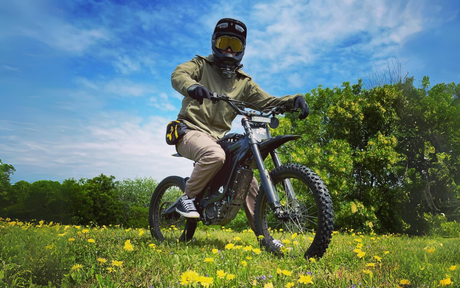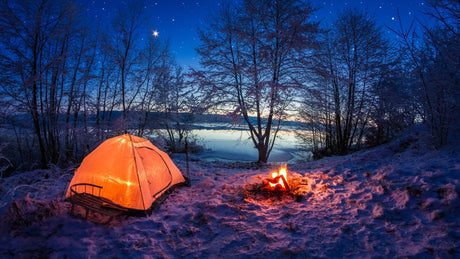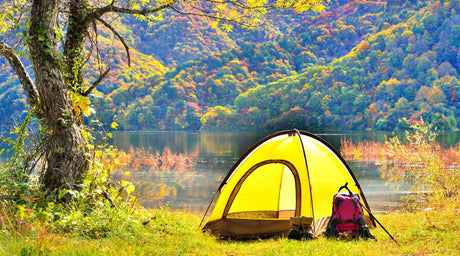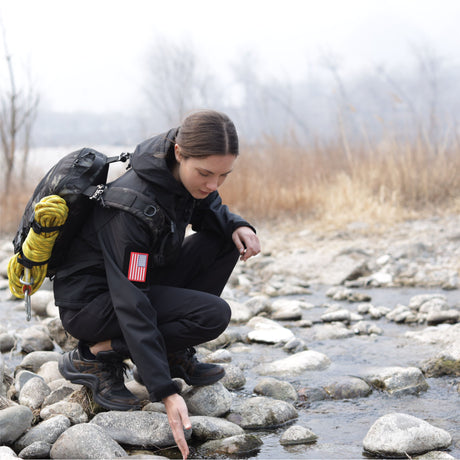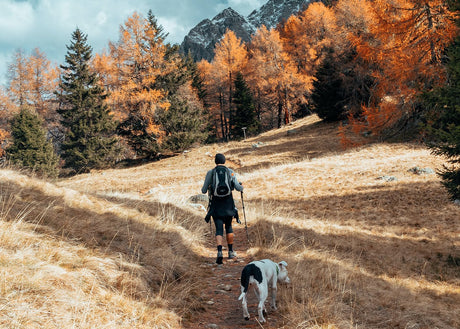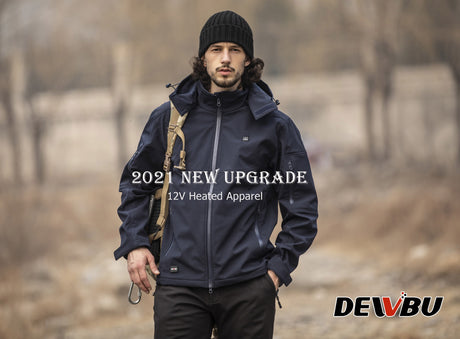If you’re planning a visit to the snow, it’s important to stay warm, dry and comfortable. For optimum protection, you’ll need a clever layering system, reliable footwear, and a few choice accessories depending on your needs.
Get these basics right, and you’ve got the fundamentals for a whole bunch of winter activities. But if need more specific gear advice for snow sports, head on over to our ski packing trip list.
Clothing for the Snow
To regulate your body temperature, you’ll need at least three layers so you can adjust to your activity and individual needs.
Base layers
Base layers are worn next to your skin and wick away excess moisture to keep you warm, dry and comfy. For every day, merino or a warm poly-pro should be your go-to. For skiing or snowboarding, a base layer with a merino blend will help regulate your body temperature, offer natural odour control and give you freedom of movement.
Don’t forget your legs! Get some base layers for your legs and wear these under your soft shell or ski pants for optimum protection. Base layers can come in different fabrics depending on their use, so brush up how to choose the right thermals for your trip.
Mid-layers
Mid layers will sit on top of your thermals and should work to keep the heat in. Your mid-layer might be a fleece hoodie, merino pullover or a down jacket, depending on your preference and activity. The ideal mid-layer also offers excellent warmth for weight, so purchase layers made from lightweight fleece, merino, or down.
Outer layers
An outer layer should protect you from wind, rain and snow, but still allow moisture to wick away from your base and mid-layers. A Soft shell Heated Jacket or Soft Fleece Electric Heating Hoodie is ideal: it’s waterproof, windproof and breathable.
Waterproof insulated jackets & pants
Down is our number one insulator, and while it’s great in dry conditions, it will lose its insulating properties once wet. And if you plan on skiing, snowboarding, sledding, or starting a snowball fight, you might want to consider investing in a highly functional insulated snow jacket for low bulk warmth that won’t absorb any sweat or moisture.
Again, don’t forget your legs! A pair of windproof insulated ski pants are as handy on the chairlifts as they are when you’re falling off your skis. They’ll help keep you warmer and drier for longer.
Footwear for the snow
Waterproof hiking boots
Ski boots aside, you’ll need some footwear that will allow you walk in snow without getting wet. Waterproof, hiking boots with rubber soles are a solid choice. Look for a large, patterned tread with deep lugs for a little extra grip on slippery surfaces.
Insulated boots
Insulated boots are warmer than your average leather boot. They’re essentially boots lined with wool, fleece or synthetic lining to help keep the heat in. They should be a little longer too, to help keep the snow out.
Alpine socks
Ditch the cotton, snow calls for serious protection for your feet. Merino wool alpine socks will help keep your feet warm, dry and offer natural odour resistance, so it’s a win-win.
Snow Accessories
Beanie
We now know that heat doesn’t actually ‘escape’ from your head (thanks Mythbusters) but wearing a beanie will still help with overall warmth. A thick lambswool beanie will keep your ears toasty.
Neck gaiter
Unlike a scarf, a merino neck gaiter will stay out of the way if you want to ski or snowboard. Merino wool is warm, light, and a gaiter can still be easily worn with your favourite jacket without looking out of place. Even if there’s no snow sports on the horizon, this is a good one to keep your backpack light.
Balaclava
They’re not essential, but a fleece balaclava can provide another layer of warmth. Wear it under your ski helmet or during particularly cold, windy days. Great for those of us with sensitive, dry skin or if you want extra protection on your ears and lips.
Ski gloves
For snow sports or play, you do need a proper pair of insulated, waterproof gloves. Whether you’re skiing, snowboarding, or sledding with the kids, your hands will be constantly exposed to the wet and cold. Look for a pair that you secure and tighten around the wrist to keep the warm in, and the snow out.
Fleece gloves
Numb fingers are sore fingers, so pack at least one pair of gloves. Although lightweight, fleece gloves still offer excellent warmth and breathability. These are better suited in light snow conditions where you can easily pop your hands in your waterproof outer layer.
Snow helmet
They’re big, they’re dorky, and they’re completely essential if you want to learn how to ski or push the speed barrier on your next run. A good snow helmet should offer excellent protection, temperature regulation and have some washable padding to keep it fresh.
Snow goggles
Keep snow blindness at bay with a pair of snow goggles made specifically for bright, white conditions. You’ll need a pair that offers 100% UV protection, excellent visibility and comfortable enough to wear all day long. Besides sunburn, goggles will also keep snow from getting in your eyeballs.

Get these basics right, and you’ve got the fundamentals for a whole bunch of winter activities.
Brave the bitter temperatures with these stylish outfits to wear in the snow. Boost your everyday style without having to give up your own just because it’s winter.




